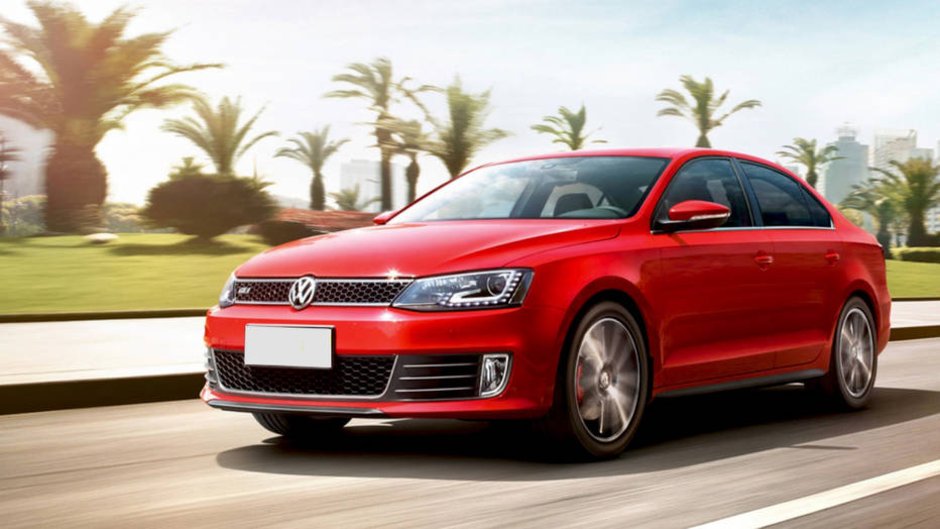VW GROUP BRANDS SEEK EXPANSION INTO NEW MARKET AS CHINA STUMBLES
With the lifting of international sanctions against Iran, Volkswagen and its sister brand Skoda are considering entering the country, targeting its population of 78 million, according to a report from Reuters.
Western investment is expected to start in the spring of 2016, as U.S. allies begin to ease economic sanctions that have so far prevented a large number of European countries from doing business in Iran. The lifting of sanctions has the potential to transform the automotive sector as well, development of which has been stunted in recent decades. More importantly, the opening of Iran to foreign automakers has the potential to alleviate woes created by the ups and downs in China and South America, from which Volkswagen has suffered in recent months.
"It is still too early to say which product we could use to go in with but of course we see the potential," VW brand R&D chief Heinz-Jakob Neusser told Reuters this week at the Frankfurt motor show. "Iran is a very interesting market with great opportunities," he added, indicating that VW Group would conclude its analysis of the market by the end of 2015.
VW's Czech division Skoda, which has seen impressive growth in a number of markets after being rescued from obscurity in the early 1990s, is also eyeing Iran.
"If the conditions develop right, this will be a market where we can fit in quite well with our offerings," Skoda R&D chief Frank Welsch told Reuters.
Volkswagen was the first western automaker to enter China in 1984, years before others dipped their toe into that market, creating a joint venture with SAIC and producing a number of models like the Santana sedan. Skoda is represented in China as well, and the VW Group has also been a pioneer in South America, creating plants for local car production and fielding models suited to that market.
Iran, for its part, has a fairly limited passenger car market owing to a number of factors, with just about the only western cars produced there being relatively outdated versions of Peugeots and Renaults sold under local marques such as Iran Khodro. One of the most popular cars in Iran happens to be a heavily updated version of thePeugeot 405, a model that dates back to the 1980s, though a number of later models are available as well. What Iran does have in abundance, as many analysts have noted, is a young, educated, upwardly mobile population, one cognizant of western brands.
If VW and Skoda do enter Iran in the near future, it remains to be seen which models will be offered there. The most obvious short-term move would be ramping up production in China to satisfy demand there, as VW has no shortage of modestly priced vehicles. A number of Skoda models are built in China as well.
Source: autoweek.com
×


